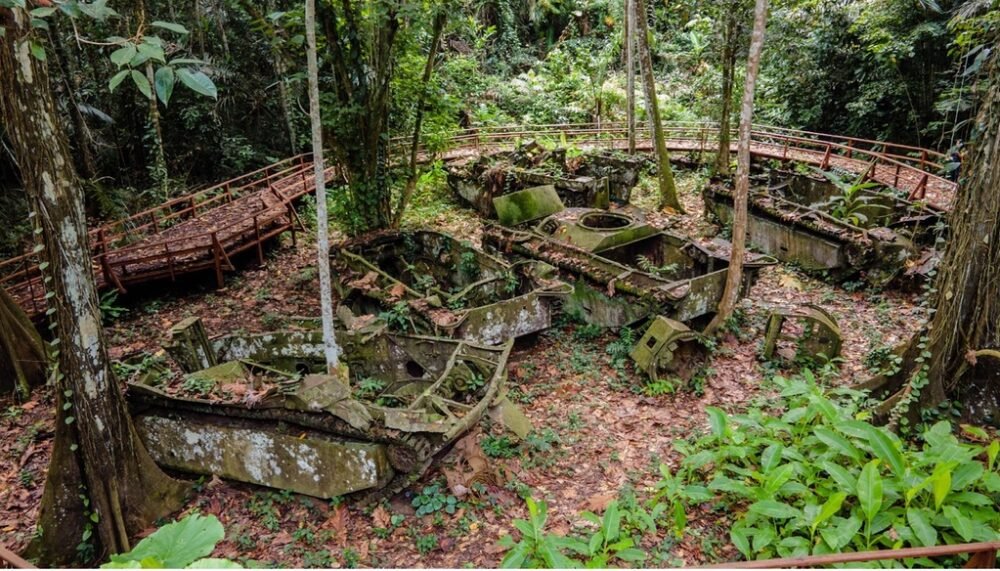Word: Ayu Arman
The lush, untouched forests of Tambrauw Regency, nestled in West Papua, are more than just a sanctuary of biodiversity—they are also a living testament to global history. During the Second World War (1939–1945), these forests bore witness to the fierce confrontations between the United States-led Allied Forces and the Japanese military.
Under the command of General Douglas MacArthur, Allied troops transformed Sausapor Island into a strategic military base. Amphibious tanks and fighter aircraft were deployed to the area, with remnants of this wartime activity still visible today. In the Werbes village forest, seven amphibious tanks remain where they were once stationed, slowly being reclaimed by the jungle. Incredibly, unexploded grenades and hidden wartime relics are still occasionally discovered, underscoring the area’s historical significance.

One striking moment came during the reconstruction of the old World War II airstrip in Weru village, where 121 live grenades were unearthed—frozen in time and memory. These findings are just a fraction of what lies beneath the surface, both in the forests and coastal waters of Sausapor, waiting to be uncovered.
Recognizing this immense heritage, the local government is developing a World War II museum on Sausapor Island, part of an initiative to promote airfield heritage tourism. Visitors will soon have the opportunity to walk through history, witnessing authentic WWII artifacts, tanks, and the very airfield that once launched American dog-fighter aircraft into the Pacific skies.
Tambrauw’s transformation into a center of historical eco-tourism not only preserves its legacy but also offers a new narrative—one that connects local communities, global history, and responsible tourism. What was once a battlefield is now becoming a bridge between generations and nations, inviting the world to learn, reflect, and honor the past.

